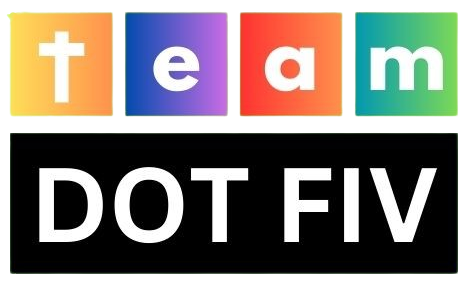Are advertisers starting to lose out on transparency?
2023 seems to be a year of mistakes for a major platform for video advertising. In the middle of 2023, a more serious issue began to surface following the TrueView scam, which cast doubt on the veracity of YouTube video advertisements.
Adult YouTube advertisements can be seen on children’s channels, per a report published by the ad quality and transparency platform Adalytics. Approximately 300 brand advertisements for adult products were found to be present in more than 100 YouTube videos featuring children.
The importance of transparency
In June 2019, the Global Alliance for Responsible Media (GARM) was established to cultivate a transparent and ethical digital landscape, safeguarding consumers, the media industry, and society. ASCI’s general advertising guidelines, inclusive of child-targeted ads, prioritize honesty and respect, vital in light of recent concerns over inappropriate adult ads appearing on kids’ YouTube channels.
Recognizing the issue
Let’s use an example to further grasp the issue. Let’s say a car business wants to market to adults with their just introduced vehicle. They thus launch a YouTube advertising campaign. However, these advertisements appear on a kid-friendly channel for preschoolers with a Barbie theme, whose videos are viewed by billions of people, mostly kids.
The vehicle company’s website stores the cookie when a youngster clicks on the advertisement so that it can be used for future targeting by Google, Meta, and other companies’ tracking software. Consequently, minors are targeted for future adult-targeted adverts, which is against the minors’s Online Privacy Protection Act, or COPPA.
Additional instances and their outcomes
Imagine a situation where a kid-friendly rhyming channel airs an advertisement for a perfume brand with a tainted theme. Ads are being seen and clicked by children who are neither the target market for the brand nor a suitable one.
For YouTube campaign placements with mFilterIt, a global conglomerate performed a Brand Safety Audit of their adult-oriented chocolate product sub-brands. Their ad placements were analyzed and scanned for brand safety; instances falling into the brand-safe and brand-unsafe categories included content that was forbidden, delicate, divisive, and at odds with the company’s image.
Of the 838,466 YouTube videos that were analyzed, 2.35% were found to be “Made for Kids” content, while 4.43% contained dangerous placements. This presents a serious risk to the popular sub-brand of the FMCG behemoth within a highly popular sector, in addition to being a waste of advertising dollars and risky placements.
The necessity of ad placement transparency
The state of transparency in the open web programming environment has been called into question. The open web programmatic industry was projected by ANA to be worth $88 billion in 2023, of which 25% is wasted.
Even though programmatic advertising has transformed the industry, advertisers’ understanding of inventory quality remains mostly unknown. The additional difficulties of running ads in the programmatic market, where 21 percent of impressions go on subpar websites, are also brought to light by the most recent ANA study.
In addition, viewability is a problem since it is unclear how many people actually saw the advertisements. The three most important elements of a successful advertising campaign in an open-web programmatic environment are that the advertisement should be visible to the target audience, receive actual human views, and be next to content that is both relevant and safe for the business.
An advertising campaign’s efficacy and efficiency are hampered by a lack of openness.
The path ahead
The world of digital is changing faster than light. In order to thrive in this ever-evolving landscape, firms must elevate their advertising strategies. The largest groups and organizations are banding together to raise awareness of the importance of transparency and trust in the digital environment. The changing challenges of digital advertising cannot be solved by using conventional techniques for brand safety and ad monitoring. It will not be sufficient to identify risky ad placements using keyword-based brand safety, particularly in a multilingual environment.
It is imperative for brands to expand their perspectives and select solutions that offer contextual brand protection and relevance. With the correct tool that makes it possible to spot risky ad placements, marketers will be able to validate, enhance, and safeguard their advertising campaigns, leading to improved targeting, higher return on investment, and the avoidance of irrelevant ad placements.
The landscape of programmatic advertising will continue to get more sophisticated, giving rise to a mature programmatic market. Advertisers must concentrate on enhancing media quality, precise measurements, and secure ad placements in order to keep up with these changes and safeguard the brand’s reputation.
Advertisers can take advantage of the finest chances by utilizing technologies for brand risk research, content quality analysis, and verification tools. Best practices can be put into practice, quality inventories can be optimized and invested in, and only human traffic can interact with their digital adverts.
The shift in favor of safety and transparency has begun. In order to overcome obstacles and work toward greater transparency in the programmatic ecosystem, advertisers want the proper partner in order to make important decisions.





 No products in the cart.
No products in the cart.